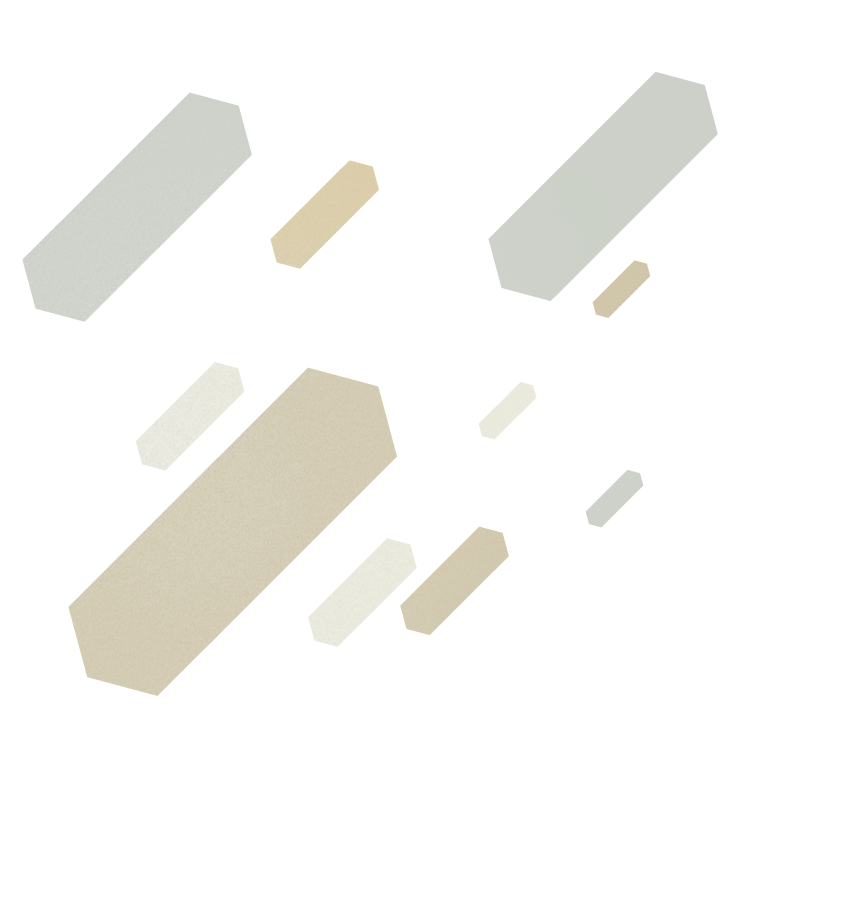


– between division and cohesion
The Symphony No. 3 (1981–83) holds a very special position in Witold Lutosławski’s output. It can be seen as both a masterpiece and the climax of his work. After its first performance (in Chicago on 29th September 1983, played by the Chicago Symphony Orchestra conducted by Sir Georg Solti, to whom the work is dedicated), one critic wrote: “This piece is exactly what might be expected from a Polish composer at the moment”. Clearly, this was a reference to martial law in Poland (which lasted from December 1981 to July 1983). Symphony No. 3 earned the composer the underground award from Solidarity’s Committee for Independent Culture in 1983. Lutosławski, who after December 1981 no longer participated in official life in Poland, commented on the Chicago review several months later, at a private meeting of musicologists in Warsaw. Standing by his artistic principles of absolute music, he denied having intentionally depicted the feelings of suffering Poles.
However, he added: “If we agree that music can mean anything extra-musical, it nevertheless remains ambiguous meaning. But man has a single soul and whatever he experiences in life, must have some influence on him. If man has a single psyche, then the world of sounds, despite its autonomy, is still a function of that psyche. So I would limit myself to stating that if the last movement of the Symphony makes the impression it makes and keeps the listener in suspense, it is certainly not by chance. I would admittedly feel honoured if I managed to express something connected not only to my personal experience but also to that of other people” (Witold Lutosławski, 1983).
The Symphony’s four opening E notes – a simple yet powerfully expressive motif, like the four knocks on the door of Beethoven’s Symphony No. 5 – forebode drama. The same four notes will close the Symphony (as a conclusion to its Coda), govern the development of the second movement and organise the form of the first. Individual movements are not named in the score and in performance, the transition from one to another is smooth, without breaks, in accordance with the “chain” technique.
The Introduction lasts a little over a minute and develops from the strings’ E note, divided and then closed by a brass punching of the four-note main motif. The parts of the woodwind section, the piano and the harp are somewhat casual in their expressive shapes, and reveal forms and textures that will animate sections of the first movement (which retains an introductory character while drawing the listener further into the composition). The first movement consists of three Episodes – longer sections built of shifting textural events that do not form a unified narrative. This is music matter that is rather static than processual. Each of the Episodes is slower than the previous one: the first one moves in quavers, flickering and quivering in character; the second in crotchets, where the dream-like motifs solidify into more concrete shapes; the third one in minims, where the sound material opens up to create a continuous cantilena. This development intensifies in the Adagio, which follows the third Episode. It is an ethereal, formally distinct entity that completes the idea of this section – that of music decelerating into adagio-ness.
The Episodes are separated by Refrains – slow dialogues of the clarinets and bassoon, in small melodic figures of lyrical character. Each time, the return of the four motivic E’s in the trumpets and trombones announces the end of the Refrain and the beginning of the next Episode – and the beginning of the second movement after the third Refrain. Unwittingly, with this capricious music, its somewhat inconsequential emerging and disappearing shapes, seemingly anæmic forms which, barely summoned, are abandoned unfinished, Lutosławski has prepared us for the second movement of his Symphony. We do not know – and need not know – that all the while, he was sketching the main idea of the entire symphony, its basic elements, subconsciously directing the listener’s expectations.
The second movement is fundamental to the entire work. It is governed by the sonata principle, in the sense that there are two basic thematic groups; the stretto before the great climax at the end of this movement can be considered a recapitulation of these. Development is present from beginning to end as a compositional principle and not just a separate formal section, as in the Classical sonata form. The “first thematic group” consists of multiple repetitions of the E note as the main motif and an extensive fugato in the strings and harps. The “second theme” begins with a polyphonic section in the strings, mostly playing pizzicato. The second movement of the symphony is a fully dramatic narrative, whose numerous shapes and eruptions, chamber-like details and explosions of symphonic tutti would require a much more thorough analysis. This, however, is not necessary: an attentive listener, “attuned” by the composer in the first movement, is by now “seized” by the form of the Symphony and no longer needs to be guided through it.
In his commentary, Lutosławski wrote that the second movement ends with an extended Epilogue. This section, however, could easily be considered a third movement – in slow tempo, with the form and expression of a broad unison recitative in the strings and a rhythmic cantilena. It reintroduces some melodic shapes from the Refrains of the first movement, and the expression of its final Adagio – now passionate instead of ethereal. In fact, the third movement turns out to be an alternative main movement; a consolidation and completion of the entire work. The final Coda, which stems from the second movement, formally mirrors the Introduction but has a different expression: full of solemn pathos despite serving “merely” as a cadence. The last bar is a tutti of four forte fortissimo E quavers. All is fulfilled.
Andrzej Chłopecki




